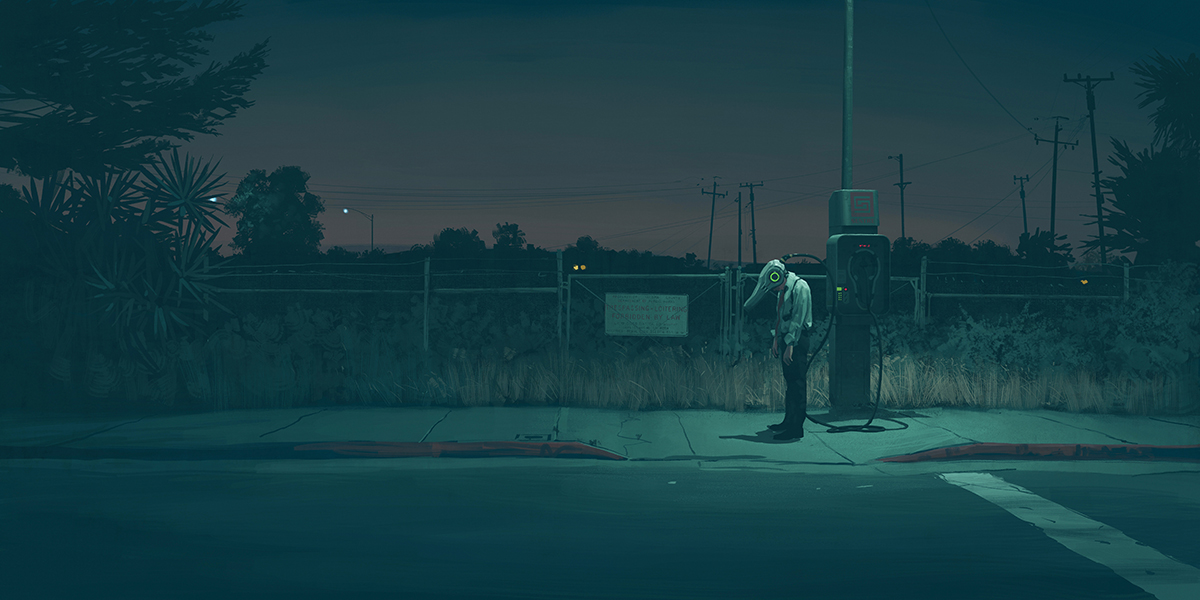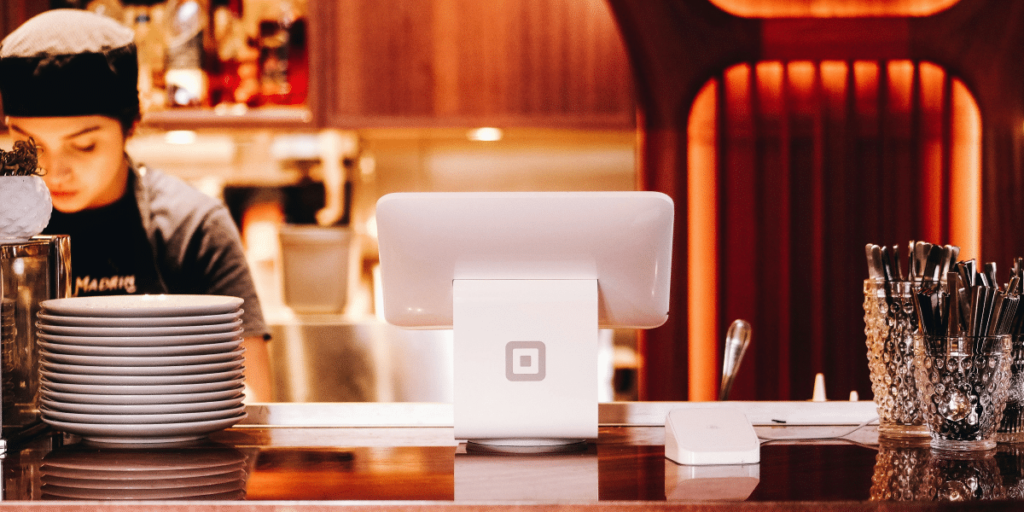The digital art world is booming, offering artists more freedom, reach, and income potential than ever before. Whether you’re a seasoned professional or just starting out, the right platform can help you showcase your work, connect with your audience, and even earn a living from your creativity. With so many platforms available, each serving different needs—portfolios, print-on-demand, fan support, and community—it’s important to choose the ones that align with your goals.
ArtStation
ArtStation is a go-to best platforms for digital artists who want to showcase their work in a sleek, portfolio-style environment. It’s highly popular among concept artists, game designers, illustrators, and animators due to its professional tone and visibility in the entertainment industry. Artists can sell prints, offer tutorials, and even apply for jobs directly through the platform. ArtStation also curates work, helping top artists gain more exposure, and allows for easy organization of projects, making it ideal for those building a serious art career.
DeviantArt
DeviantArt remains one of the largest and most diverse platforms for digital artists. Known for its wide range of artistic styles and supportive community, it’s ideal for beginners and hobbyists looking to get feedback and grow their audience. DeviantArt’s features include journals, groups, and forums which encourage interaction and collaboration. Its updated Eclipse interface gives a more modern look and better customization. With options for selling art through prints and subscriptions, it offers a space where creativity meets community.
Behance
Behance is Adobe’s creative showcase platform and is excellent for digital artists aiming for a polished, professional look. It’s widely used by freelancers and studio artists alike to display projects and attract clients. What sets Behance apart is its integration with Adobe Creative Cloud, making uploads seamless. The platform is geared toward design-focused art, such as UI/UX, illustration, and branding. Its curated galleries and creative challenges can significantly boost an artist’s visibility and help build a strong digital presence.
Dribbble
Dribbble caters primarily to designers but has expanded to welcome illustrators and digital painters as well. It’s perfect for bite-sized art presentations that highlight specific design elements or work-in-progress shots. Because of its clean interface and job board, many creatives use it to connect with employers and freelance gigs. Dribbble’s premium features allow for more exposure and client outreach tools, making it a great space for artists seeking opportunities in digital product design, branding, and illustration.
Instagram
Instagram is not a traditional art portfolio, but it’s arguably one of the most powerful tools for building an audience. With its visual-first format, digital artists can share finished pieces, behind-the-scenes processes, reels, and live streams to engage with followers. Hashtags, stories, and algorithmic discovery help emerging artists gain organic traction. While it doesn’t directly support selling art, it’s commonly used to drive traffic to external shops like Etsy or Patreon. Consistent posting and authentic engagement are key to growing a loyal fanbase on the platform.
Pinterest is often overlooked as a social media tool for artists, but it can be incredibly effective for reaching a broader audience. It acts more like a visual search engine, where each piece of art can become discoverable through keywords and categories. Artists can drive traffic to their main portfolio or store, making it a passive marketing powerhouse. With strategic pinning and proper descriptions, digital artists can extend their reach well beyond traditional platforms, especially among users looking for inspiration or decor.
Etsy
Etsy is a powerhouse for selling digital art, particularly printable items, clip art, and design resources. It’s ideal for digital artists who want to monetize their work by offering downloadable content or custom illustrations. The platform handles transactions, and artists can tap into a ready-made customer base actively searching for art-related products. Building a shop with clear branding and SEO-optimized listings can turn creative passion into a steady income stream. It’s especially effective for artists who blend creativity with entrepreneurship.
Redbubble

Redbubble is one of the leading print-on-demand platforms for digital artists who want to turn their designs into products. From stickers and t-shirts to phone cases and posters, artists upload their work, and Redbubble handles the printing and shipping. This hands-off approach lets creatives focus solely on designing. It’s beginner-friendly, with no upfront costs, and has a built-in marketplace to help new artists get discovered. For those with a strong style or niche appeal, Redbubble offers a scalable path to passive income.
Society6
Society6 is similar to Redbubble but leans more toward home decor and lifestyle products. It allows digital artists to sell their designs on everything from wall tapestries to furniture. The quality of printing and the aesthetic of the marketplace appeal to a more design-conscious audience. While competition can be high, artists with a refined and cohesive style can stand out. Society6 handles the business end, making it ideal for creatives who want to turn their work into sellable art without managing production or logistics.
Ko-fi
Ko-fi is a unique platform that allows artists to receive direct support from fans through donations, subscriptions, and shop sales. Unlike many platforms, it doesn’t take a cut from one-time tips, making it very creator-friendly. Artists can share exclusive content, commission slots, or downloadable goods. It’s particularly useful for those who want to maintain creative independence and still earn revenue from their community. With its simplicity and flexibility, Ko-fi can serve as both a tip jar and a mini e-commerce store.
Patreon
Patreon is designed for artists who want to build a subscription-based income by offering exclusive content to paying supporters. It’s best for those who create regularly and can offer behind-the-scenes access, early releases, or tutorials. The platform allows for tiered memberships, giving fans options for how much they want to contribute. While it requires consistency and audience engagement, Patreon can become a stable source of income and foster a strong sense of community between artists and their fans.
Pixiv
Pixiv is a Japanese-based platform that’s especially popular among manga, anime, and fan art creators. It’s highly interactive and allows for serialized content like webcomics or themed collections. With a large, active user base primarily in Asia, it provides exposure to a global yet niche audience. Pixiv also offers monetization options through its Fanbox feature and premium services. For artists who are stylistically aligned with anime or illustrative storytelling, Pixiv is an exciting and culturally rich space to grow.
Fur Affinity
Fur Affinity is one of the most prominent platforms for furry and anthropomorphic digital art. It offers a tight-knit community and a high level of engagement for artists within this genre. The site features galleries, journals, and forums, making it more like a traditional online community than a social media feed. While it has a specific niche, the loyalty and support of the fanbase make it a viable platform for those who specialize in this style. Commission work is particularly common and well-supported.
Newgrounds
Newgrounds is an old-school but still active hub for indie creators in animation, games, and digital art. It’s a great place to share multimedia projects and get feedback from a dedicated creative community. The platform thrives on originality and creative freedom, with fewer content restrictions than other mainstream sites. While it may not offer advanced monetization options out of the box, artists who enjoy storytelling and interactive media will find Newgrounds to be an inspiring and supportive space.
Weasyl
Weasyl is a newer and less crowded alternative to Fur Affinity, catering to a similar audience with a more modern interface. It emphasizes high-quality uploads and user customization, offering features like character profiles and detailed tagging systems. Though its community is smaller, it’s passionate and very supportive. Artists can build dedicated followings and find commission work through journals and forums. For those looking to grow within specific art subcultures, Weasyl provides a welcoming and organized environment.
Gumroad
Gumroad is a digital marketplace for creators who want to sell everything from digital prints to tutorials and brushes. It offers a clean, customizable storefront and handles payment processing, downloads, and customer emails. It’s especially popular among digital artists selling educational content or creative assets. Gumroad takes a low commission and offers powerful marketing tools, including email automation and discount codes. For artists with a product-first approach, it’s a fantastic platform to directly connect with customers and scale income.
Threadless
Threadless is another print-on-demand platform that emphasizes artist-driven collections. Artists submit designs for voting, and the most popular ones get featured and produced. This model encourages community interaction and can boost visibility. Artists can also set up their own shops with full control over which products to feature. The platform is great for digital artists who want their work on high-quality apparel and home goods while benefiting from a strong internal promotional engine.
Zazzle
Zazzle offers a huge variety of customizable products, and digital artists can turn their work into everything from mugs to invitations. Its massive marketplace and partnership options with licensed brands offer more exposure opportunities. While the site can feel commercial, it’s effective for artists who are savvy with design trends and product aesthetics. Artists retain control over how their art is used and can earn royalties without managing any inventory, making it a convenient way to monetize creativity.
Tumblr
Tumblr has had a resurgence among artists thanks to its visual-forward blogging format and supportive subcultures. It allows for long-form posts, high-resolution images, and animated content, which works well for comic artists and storytellers. The platform encourages reblogging and creative community building, making it easier to reach niche audiences organically. While it doesn’t have built-in monetization, it’s a valuable place for building a fanbase and directing traffic to external stores or support platforms.
Conclusion
The best platform for a digital artist depends on their goals—whether it’s building community, selling products, or gaining professional visibility. Many artists benefit from using multiple platforms simultaneously, each serving a different function in their creative career. Whether you’re just starting out or already established, today’s digital landscape offers a wealth of opportunities to share, sell, and celebrate your art.
















